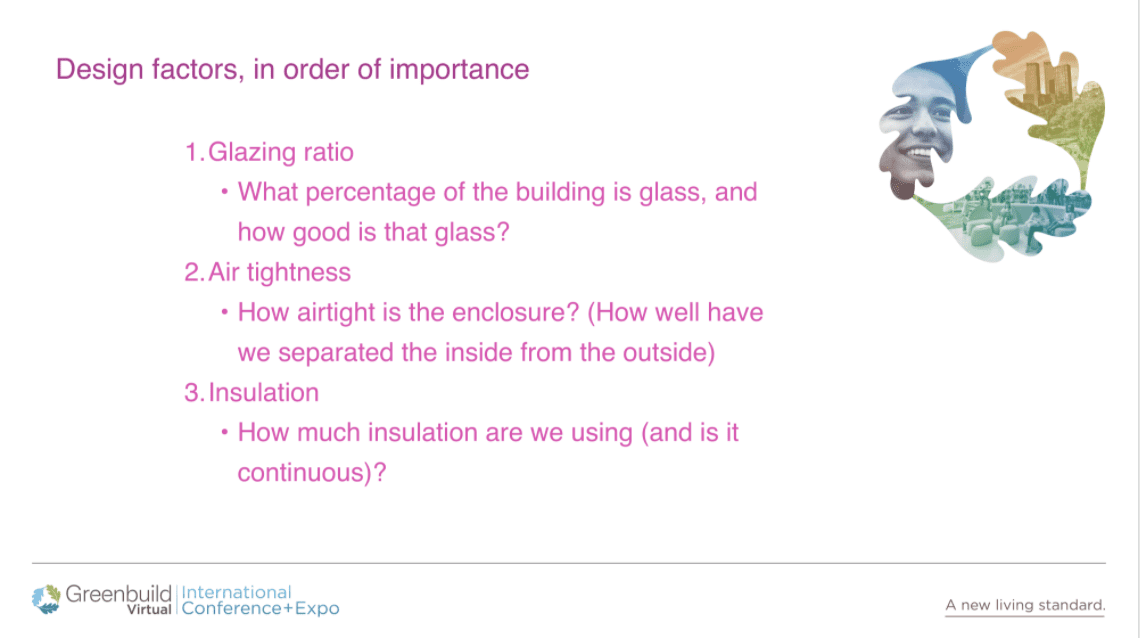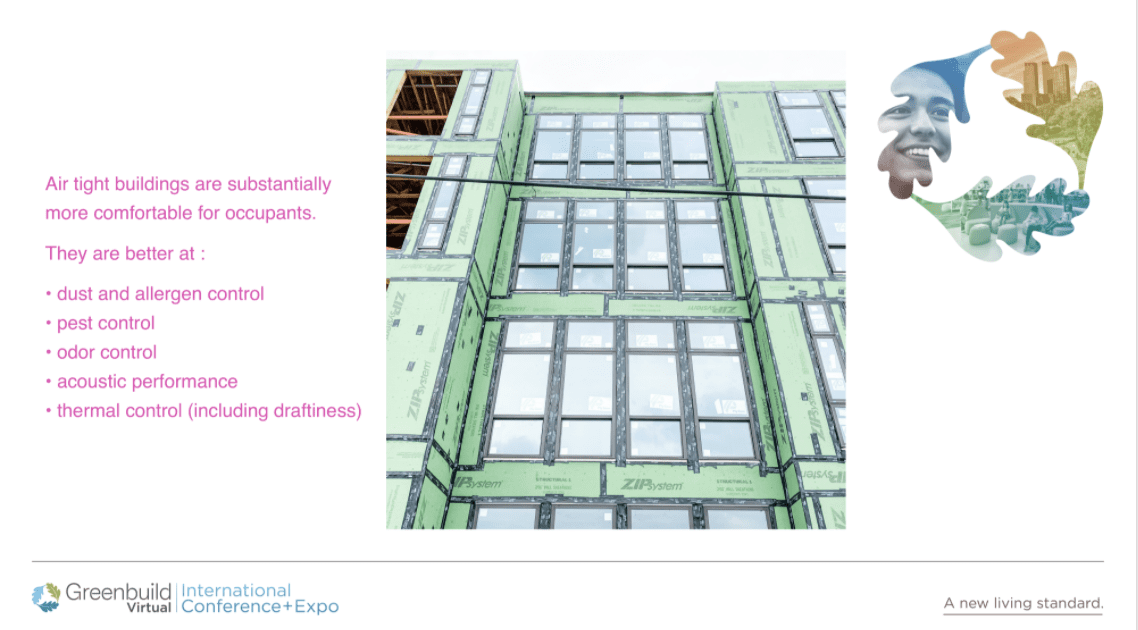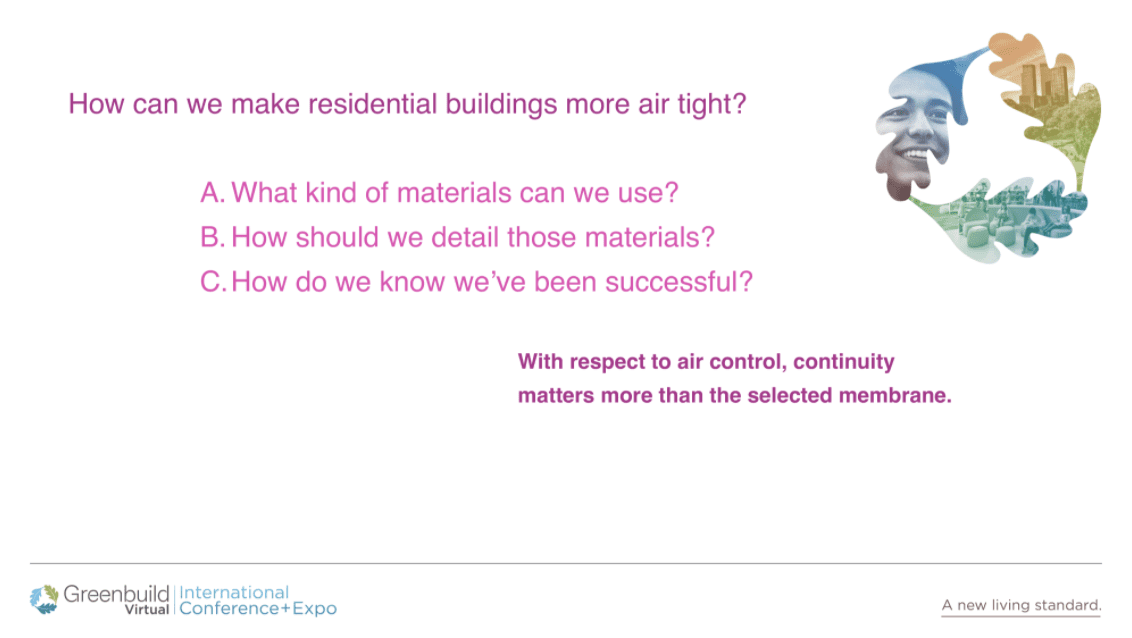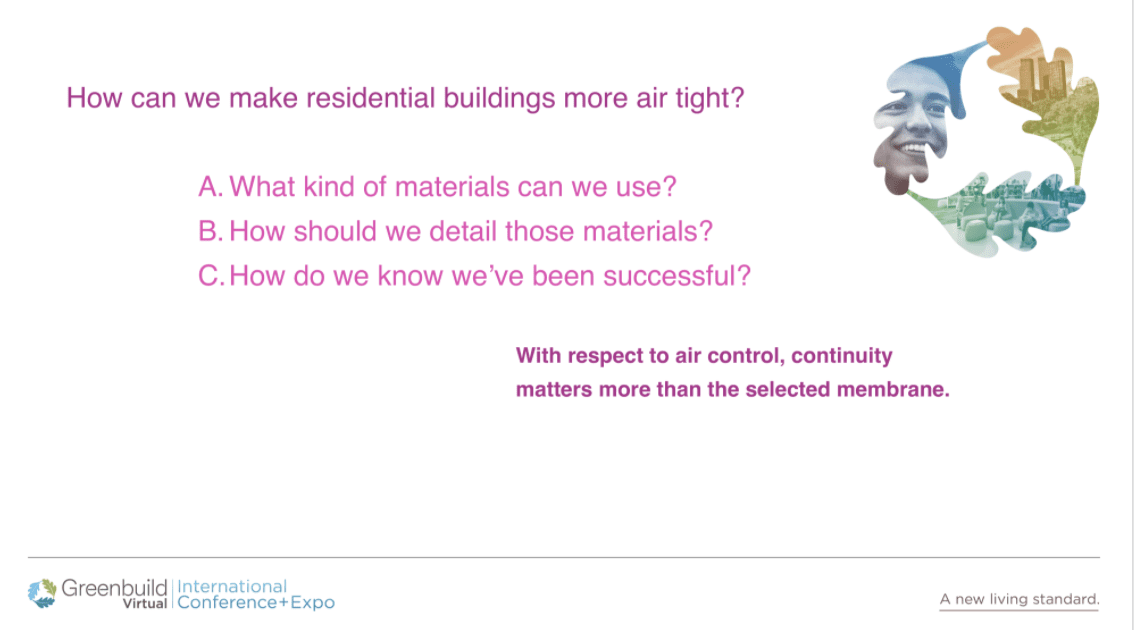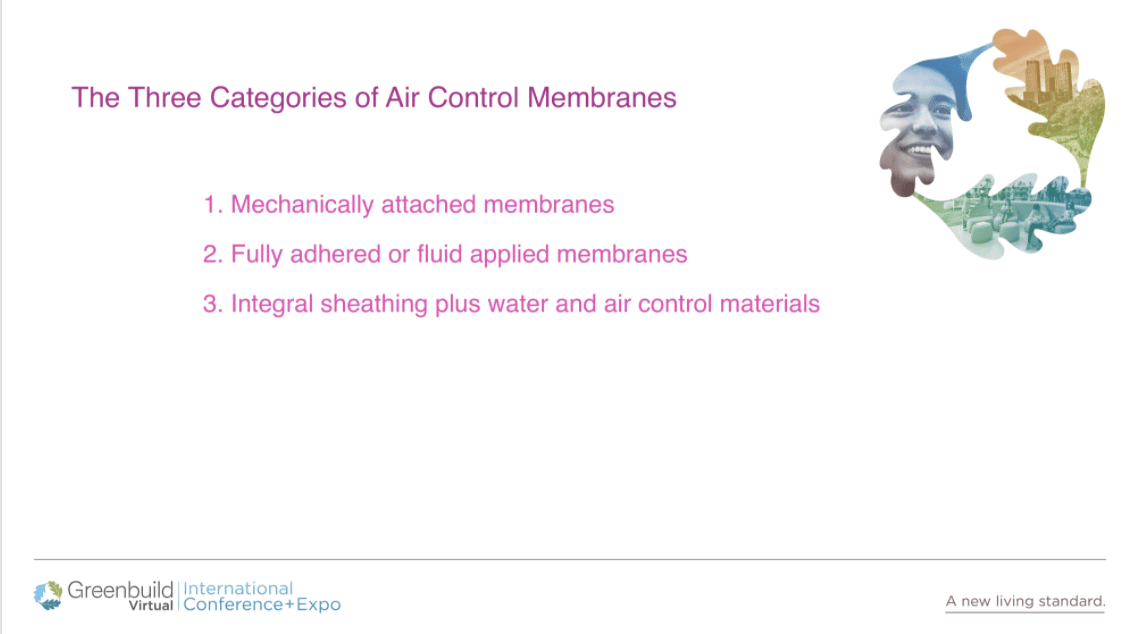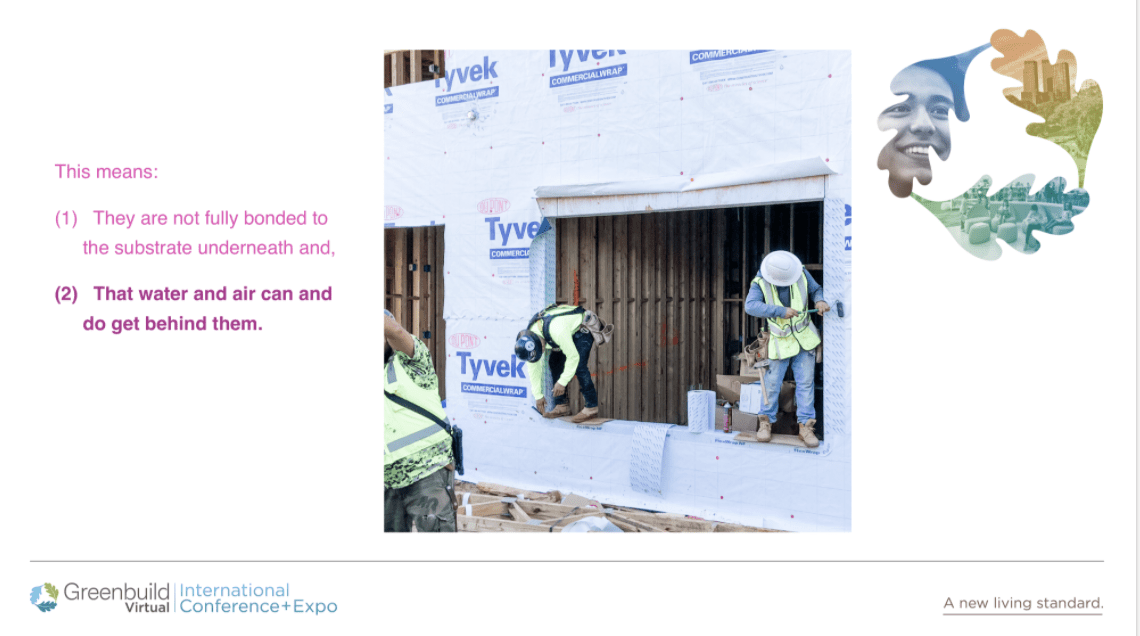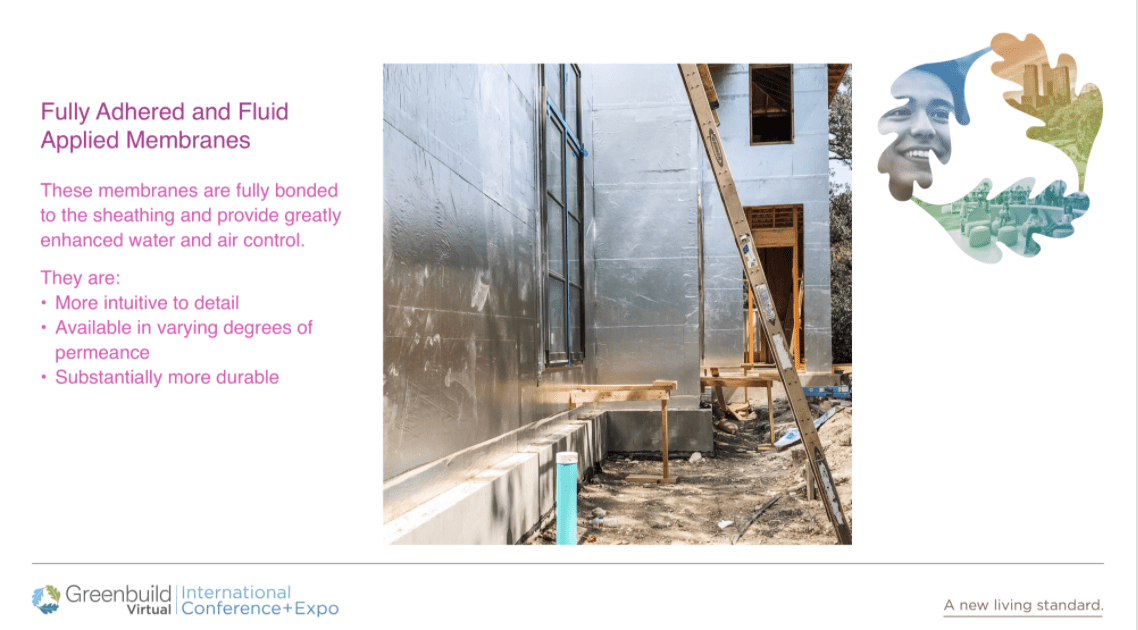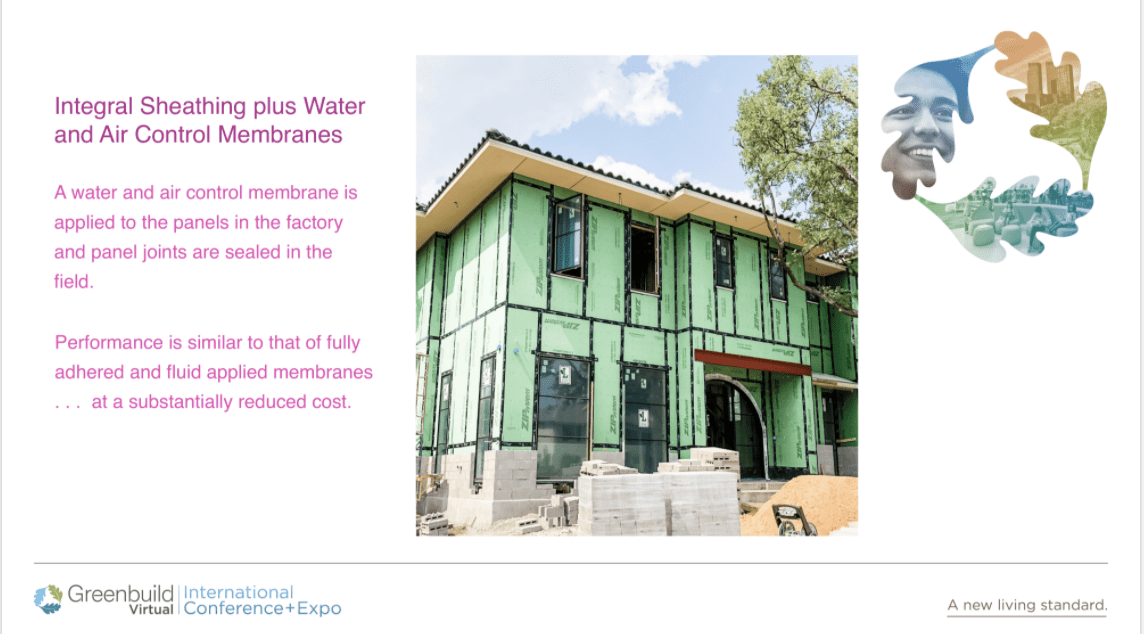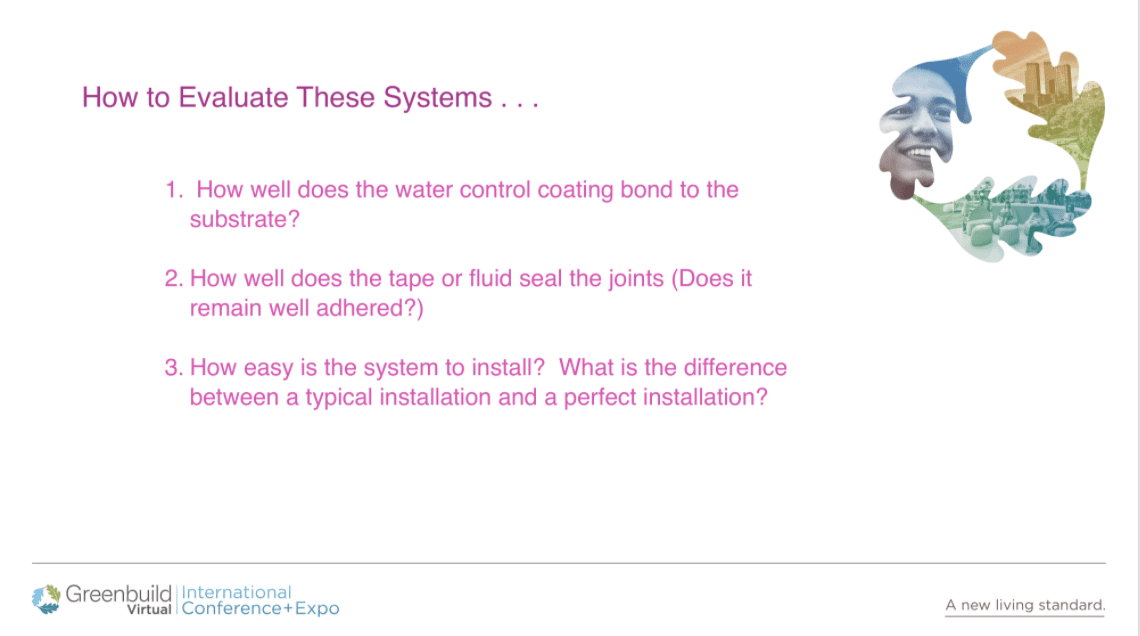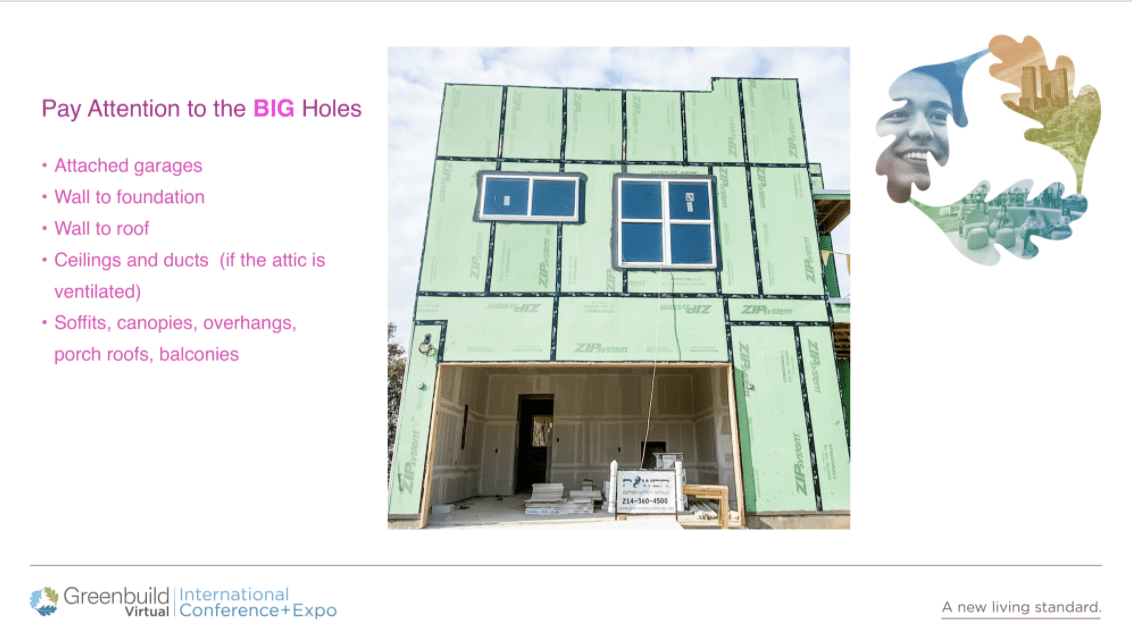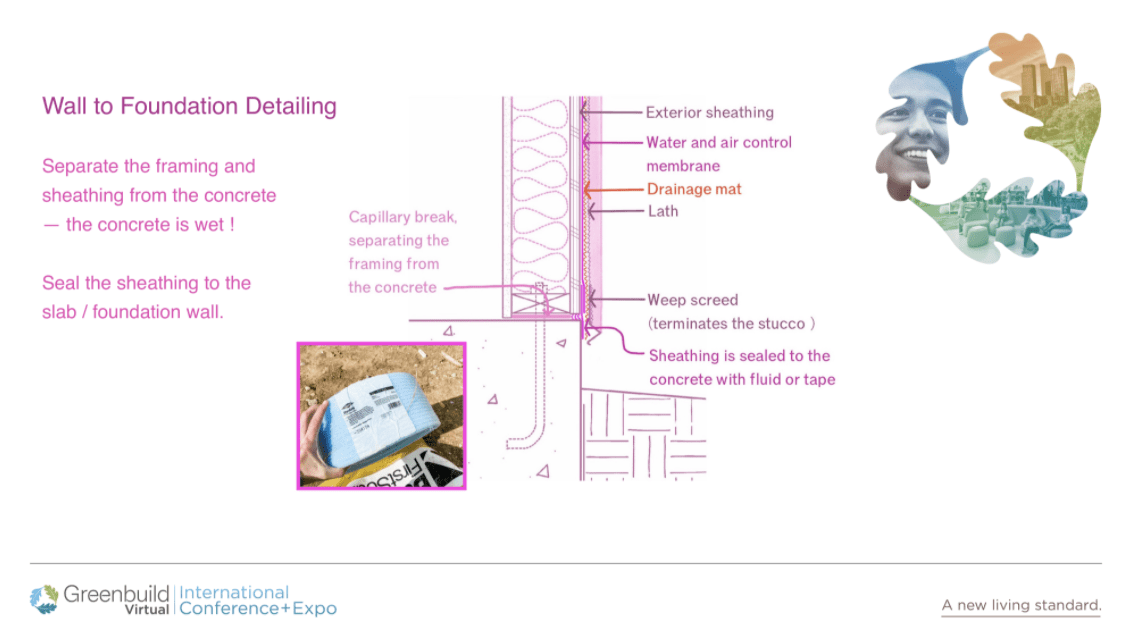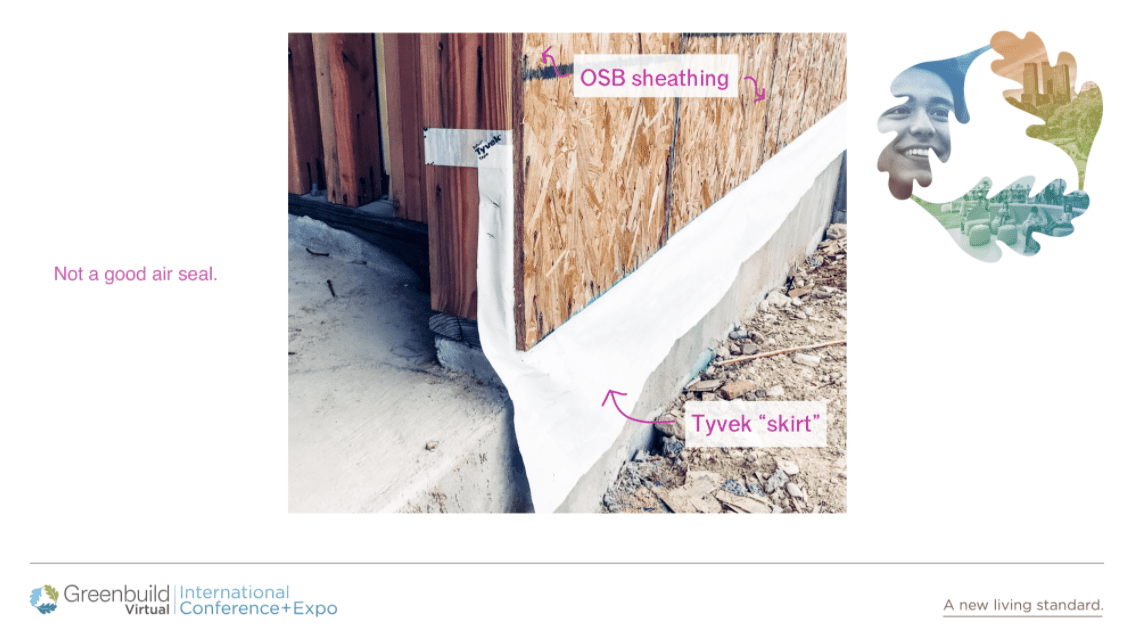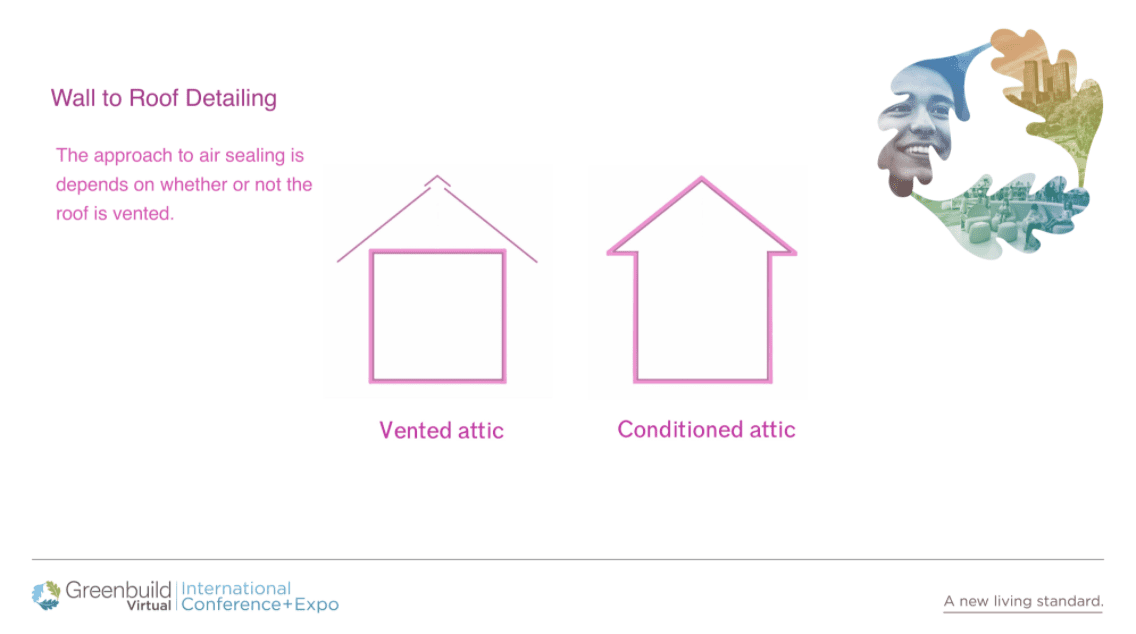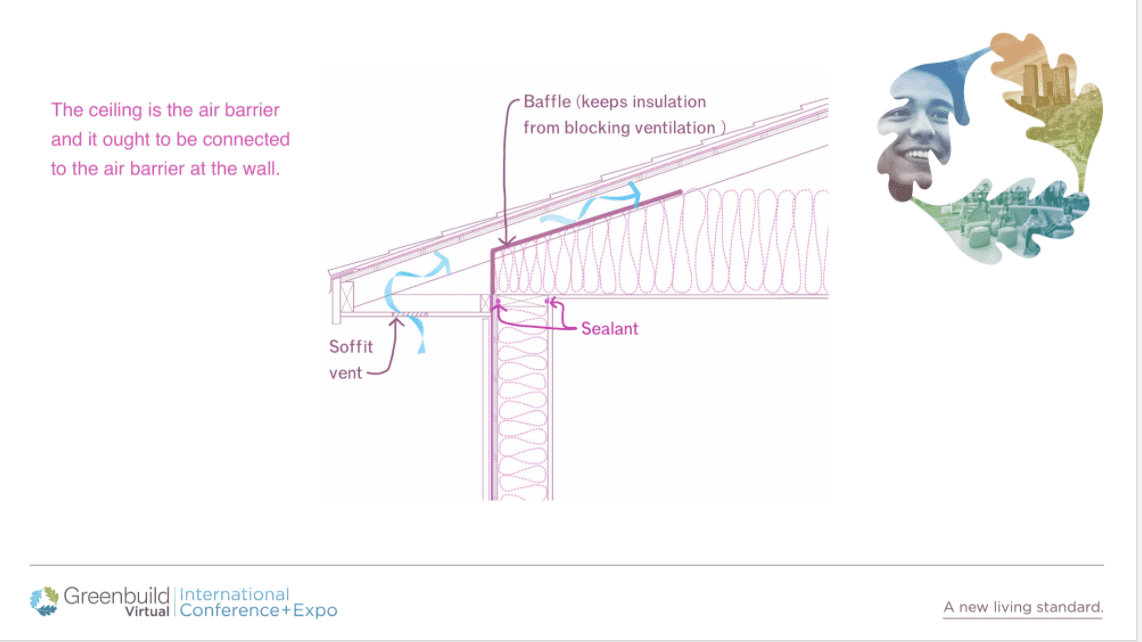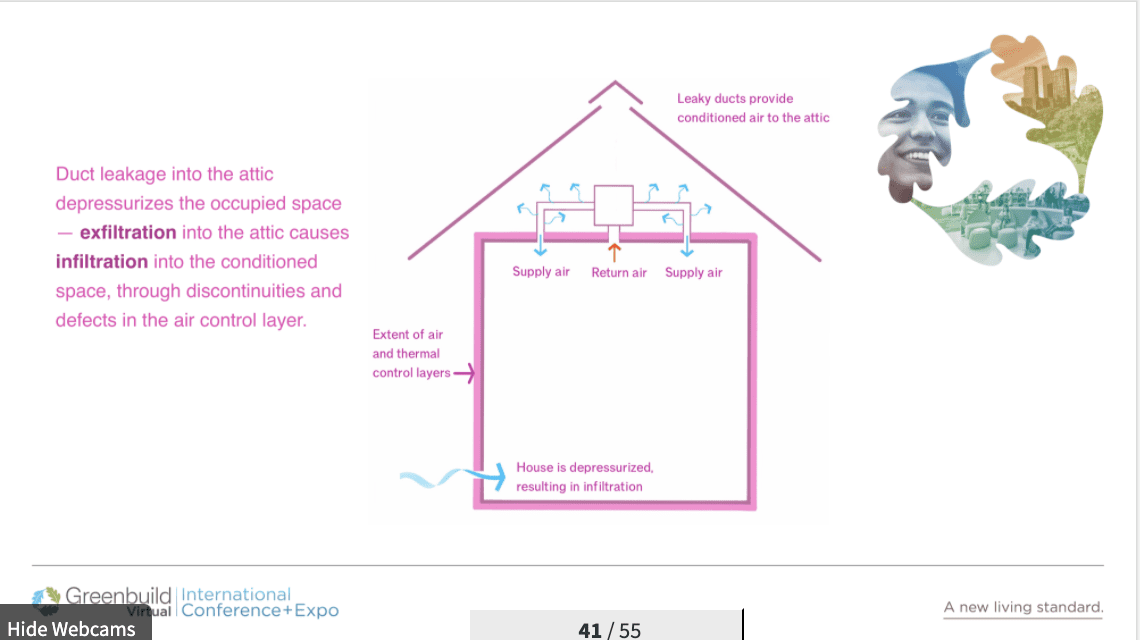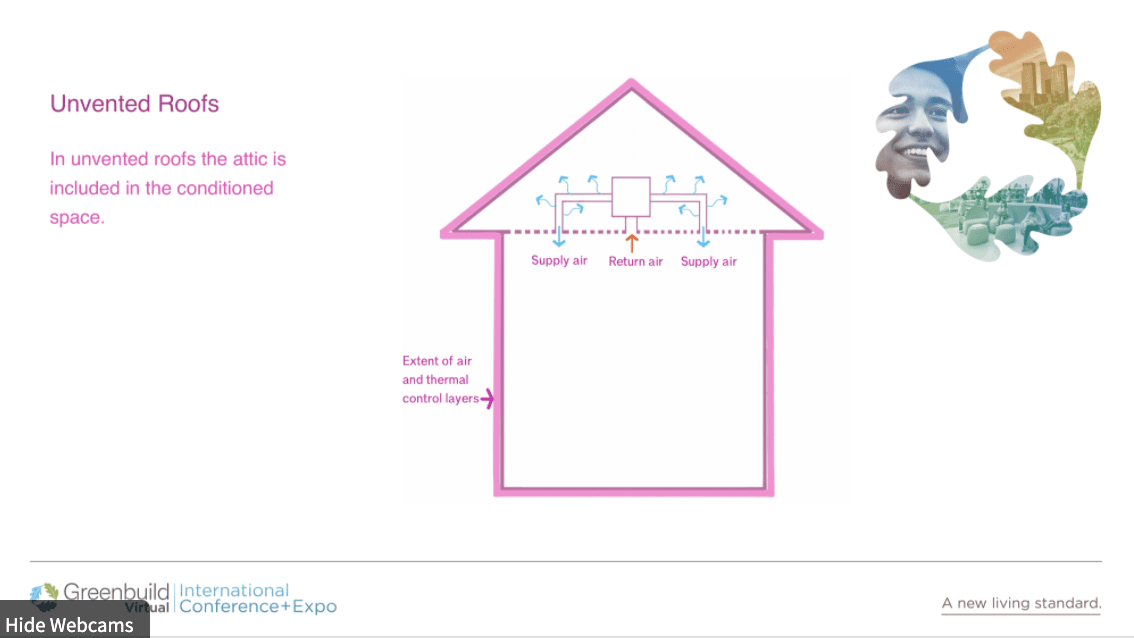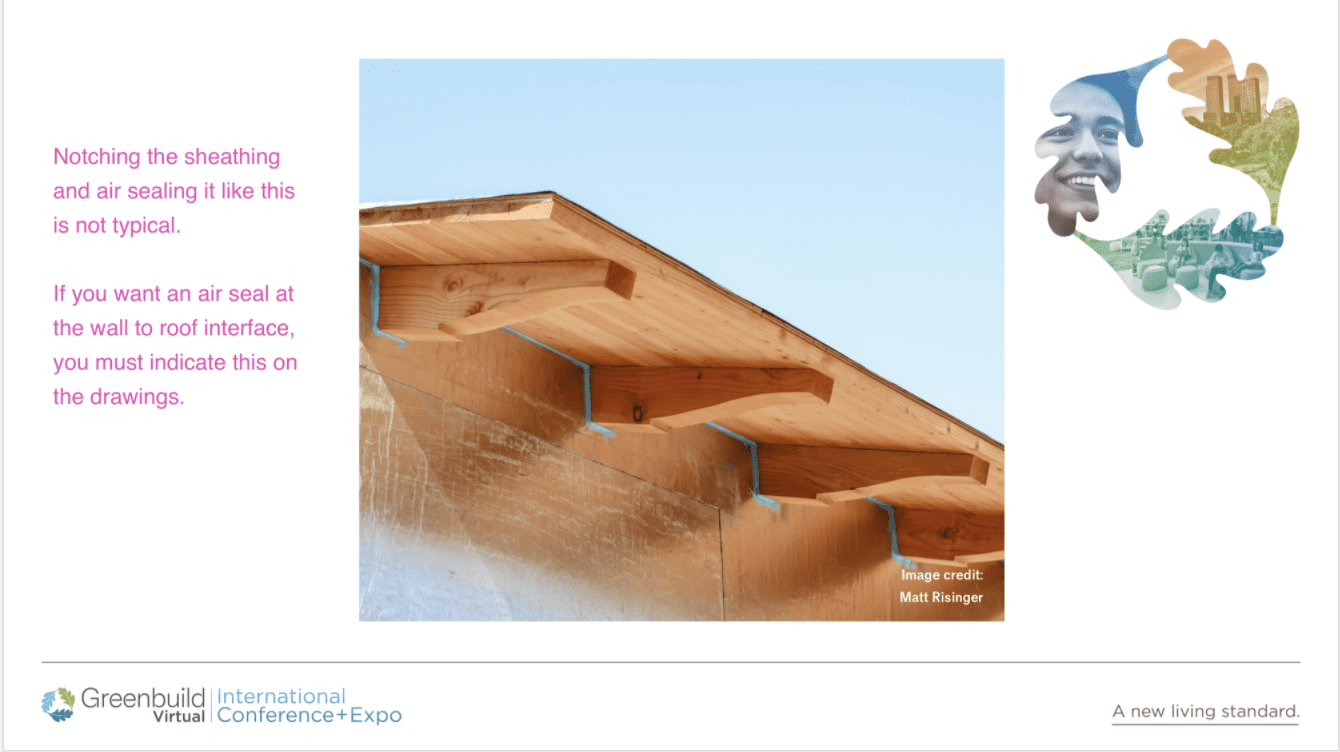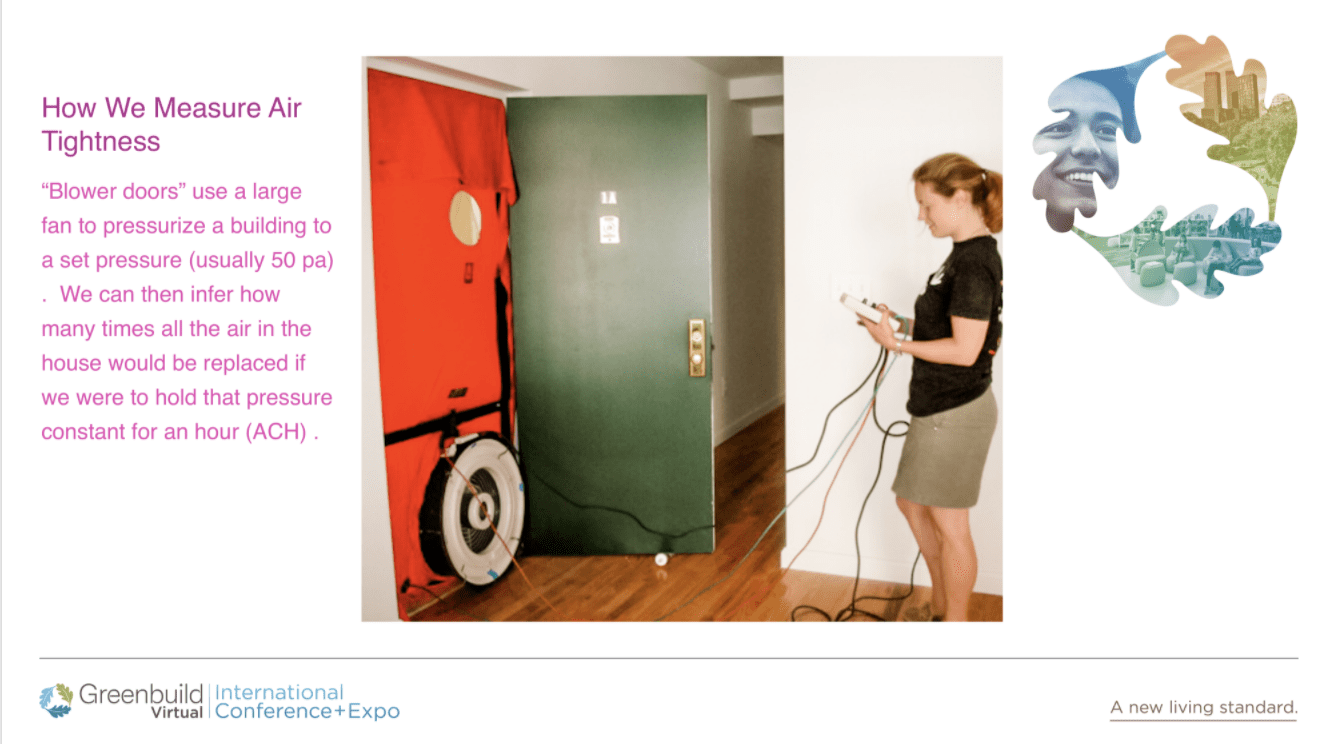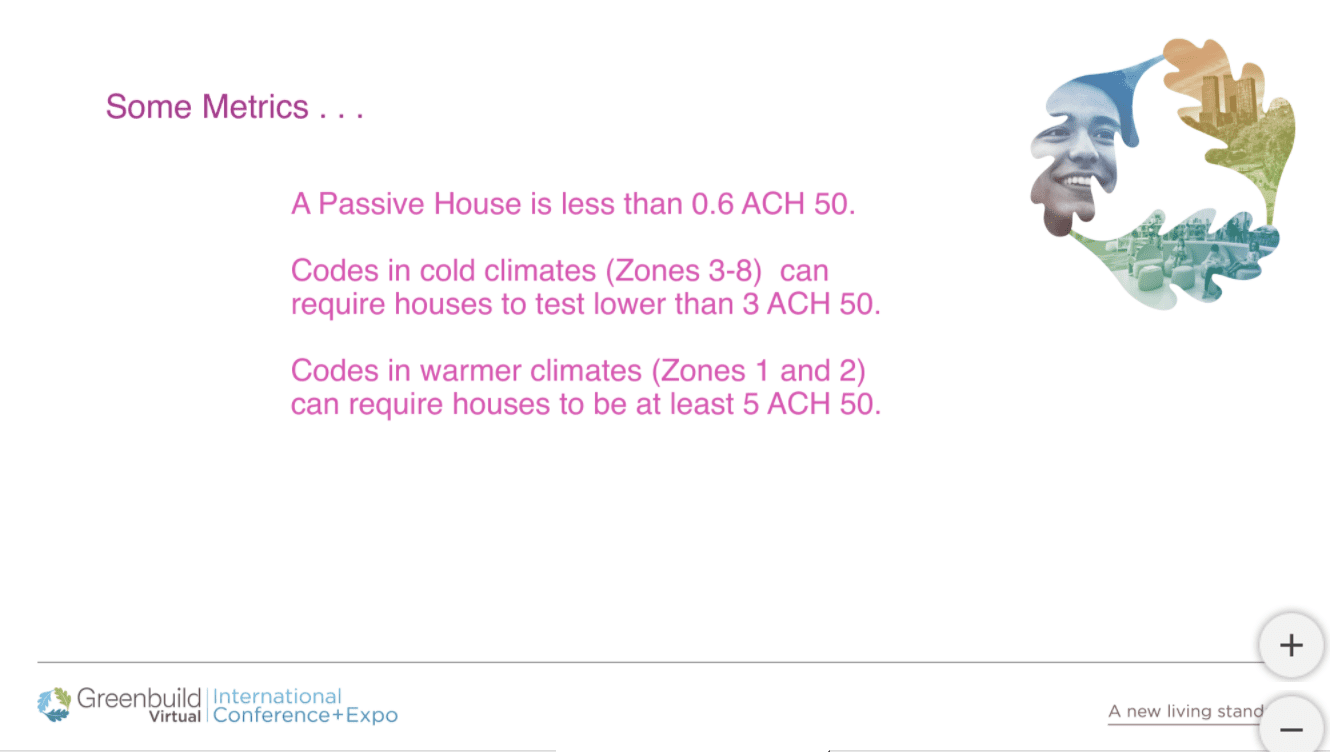Our editorial:
Air sealing is a major way to improve the HVAC performance for existing buildings. Just a minor adjustment can have huge effects. We’ll be looking at ways we can improve the air sealing of the Contemporary Arts Center’s glass and concrete construction.
From the session outline:
“Since the 1990s, residential buildings have shown dramatic and consistent improvement in their energy efficiency: Average energy use per square foot is down substantially, and so are average energy use per household and average energy use per household member. Remarkably, these improvements have occurred even while the average home has grown larger and the average number of occupants has declined. How do we account for this extraordinary progress, and what can architects do to continue to improve energy efficiency in residential architecture? More important, can they do so in a way that also intelligently manages risk, particularly the risk of water related failures like rot, corrosion, mold, and odors?
This session will present the small design adjustments — using standard materials already included in the project — that architects and builders can make immediately, at low (or no) additional cost, to disproportionately improve air-tightness and energy efficiency in residential design. We will also cover what these adjustments look like in the field and equip participants to respond to the most common objections to theses design changes during the construction phase, especially those related to constructability and cost.”
LEARNING OBJECTIVES:
Identify and rank the major changes in residential architecture that have influenced energy consumption since the 1990s
Evaluate the relative importance of common design details in residential construction in terms of their contribution to energy performance (for example: porch roofs, attached garages, windows, soffits, etc).
Make small adjustments to common existing details that disproportionately improve energy efficiency, comfort, and durability
Respond with confidence to the most common objections to the proposed performance improvements related to constructability and cost
CE HOUR(S): 1
GBCI, AIA LU HSW
Learning Level: Basic
Christine Williamson
President
Building Science Fight Club

Get $30 off your Aptera Pre-Order
Click this link and you’ll receive a promo code for $30 off an Aptera pre-order. The 2nd Generation Aptera launched Dec. 4, 2020 and is on track to be the first self charging electric vehicle. The two-person, three-wheeler is covered with solar panels which allow self-charging but it also comes with a plug for charging. For every person I refer, I’ll earn a $1,000 credit towards an Aptera. After referring 26 people, I’ll score a free standard edition model. I’m a volunteer Aptera Ambassador, read more about this incredible solution to beautiful design and the ultimate in sustainability! #aptera #apteramotors




